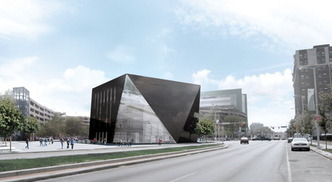The city of Grand Rapids, which has opened up to art through the ArtPrize competition, has just been disgraced by the Grand Rapids Museum of Art.
 Yesterday, the so-called museum opened its newest exhibition Diana: A Celebration. You guessed right — it’s about the late Princess Di. The museum’s home page is completely devoted ot the “exhibition,” described as “award-winning.” It was assembled by Arts and Exhibitions International and “commemorates the life of one of the 20th century’s most remarkable figures.”
Yesterday, the so-called museum opened its newest exhibition Diana: A Celebration. You guessed right — it’s about the late Princess Di. The museum’s home page is completely devoted ot the “exhibition,” described as “award-winning.” It was assembled by Arts and Exhibitions International and “commemorates the life of one of the 20th century’s most remarkable figures.”
The display includes her wedding gown, her tiaras, 28 designer dresses, personal momentos and “rare home movies.”
Worse, the museum is selling timed tickets costing $20 for adults and $15 for children 6 to 17; younger children are free, thank goodness. Ordinarily, by the way, admission is $8 for adults; $5 for youth.
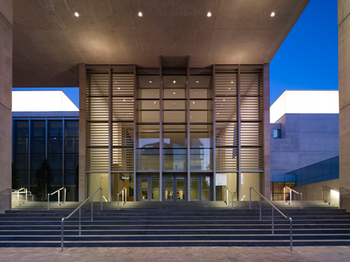 This “exhibition” has nothing to do with art; it is all pandering. In fact, the museum is sending the wrong signal by valuing it at a higher price tag than its art.
This “exhibition” has nothing to do with art; it is all pandering. In fact, the museum is sending the wrong signal by valuing it at a higher price tag than its art.
The website about the show — for that is what it is — says nothing about what awards it has supposedly won. The other venues are the National Constitution Center and the Atlanta Civic Center. No other mentions of art museums.
And here’s another irony: the sponsors of Diana are the Daniel and Pamela de Vos Foundation. The De Vos family also sponsors ArtPrize.
I wish other museums would get as exercised about this kind of exhibition, and what it does to tarnish the whole sector, as they do about things like deaccessioning. There ought to be standards.
So to the GRAM — as it calls itself — a raspberry. And for my own little protest, I decline to link to the exhibition details or to show any items that will be on view. I’m showing the museum’s exterior instead.
Photo Credit: Courtesy of the Grand Rapids Art Museum

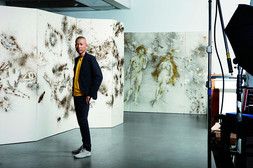
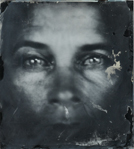 “I want people to take a new look at Sally’s photography, and think of her as one of our foremost contemporary artists, not just one of our foremost photographers,” Ravenal told me.
“I want people to take a new look at Sally’s photography, and think of her as one of our foremost contemporary artists, not just one of our foremost photographers,” Ravenal told me. 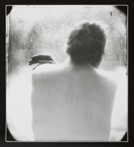 Perhaps that’s why, when Ravenal approached her with the idea of doing a retrospective, Mann said no (she said it would constrain her creativity). Instead,
Perhaps that’s why, when Ravenal approached her with the idea of doing a retrospective, Mann said no (she said it would constrain her creativity). Instead, 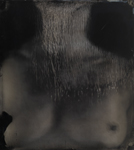 The bulk of the show is more literal, though. Ever fearless, for her “Body Farm” series, Mann traveled to the University of Tennessee Forensic Anthropology Center, famed for its advanced methods of identifying skeletal, badly decomposed, or otherwise unidentified human remains. In other works, she explores her own face, neck and naked chest (samples here). Two self-portrait pieces line up multiple unique photographs printed on black glass–a format known as ambrotypes– to form monumental grids of her likeness. And to expose an area of Mann’s work most people are unaware of – color photography – Ravenal has drawn works from three color series, including “Family Color,” images of her children akin to those that made Mann famous.
The bulk of the show is more literal, though. Ever fearless, for her “Body Farm” series, Mann traveled to the University of Tennessee Forensic Anthropology Center, famed for its advanced methods of identifying skeletal, badly decomposed, or otherwise unidentified human remains. In other works, she explores her own face, neck and naked chest (samples here). Two self-portrait pieces line up multiple unique photographs printed on black glass–a format known as ambrotypes– to form monumental grids of her likeness. And to expose an area of Mann’s work most people are unaware of – color photography – Ravenal has drawn works from three color series, including “Family Color,” images of her children akin to those that made Mann famous.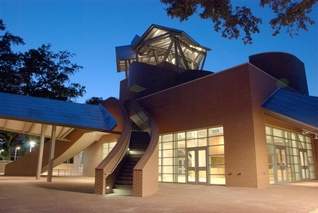 Just kidding, but listen to Frank Gehry talk about his plans for the
Just kidding, but listen to Frank Gehry talk about his plans for the 
